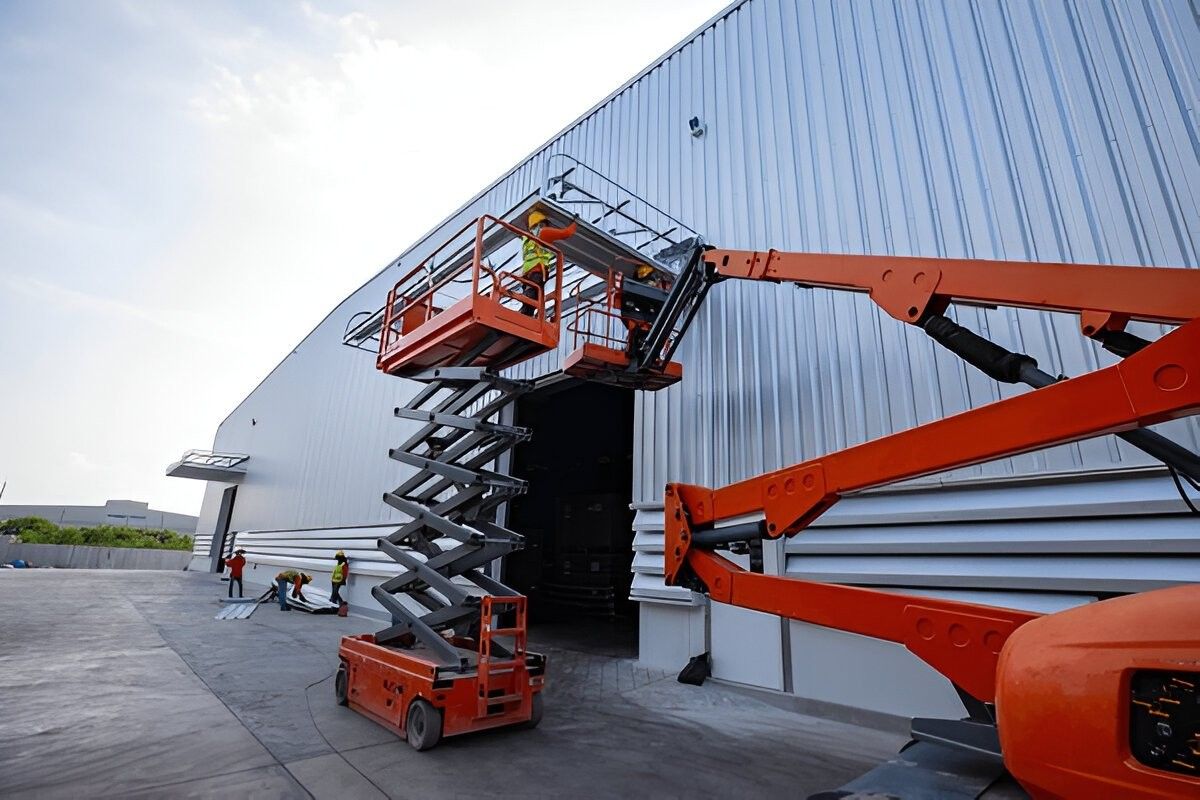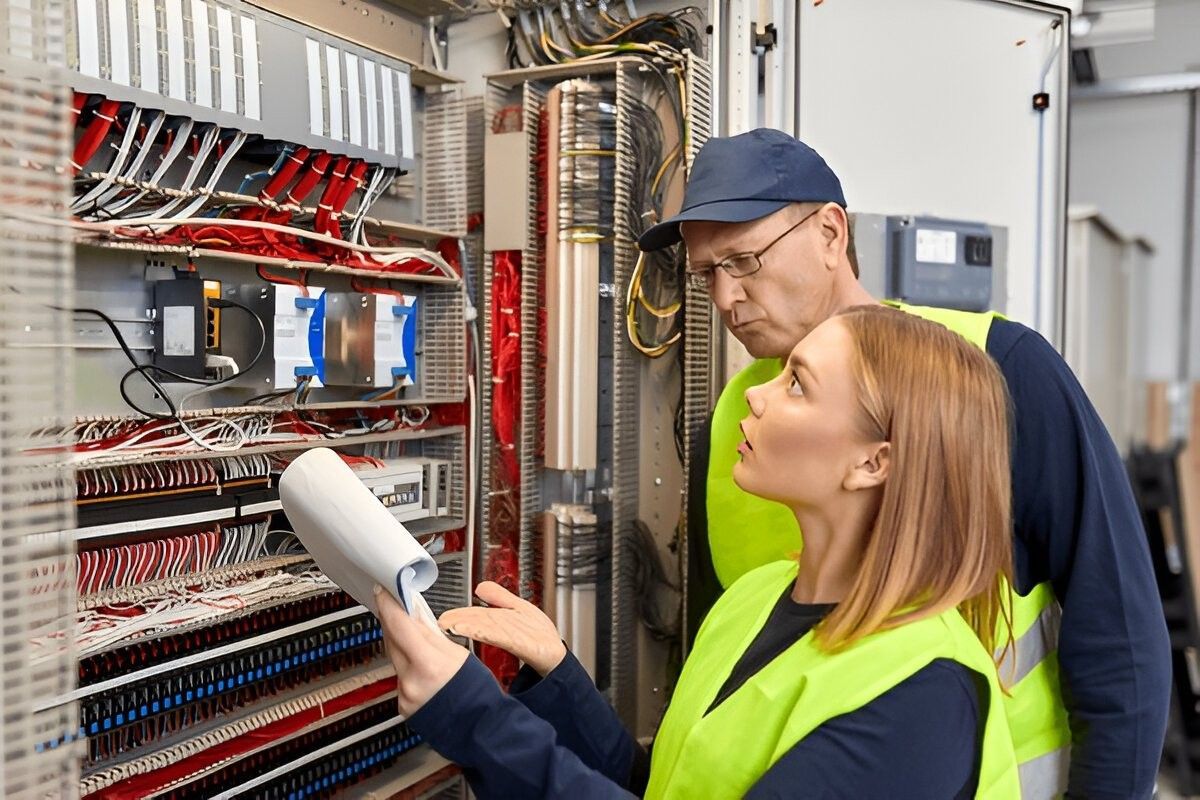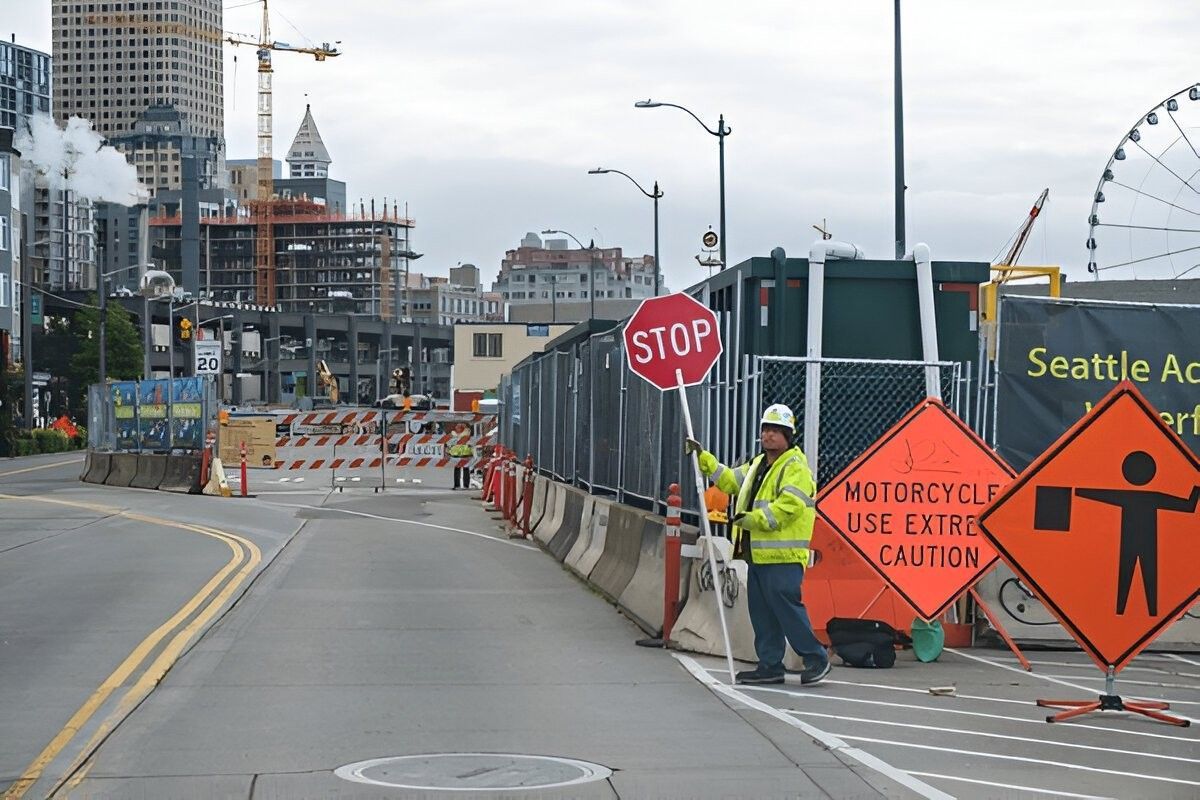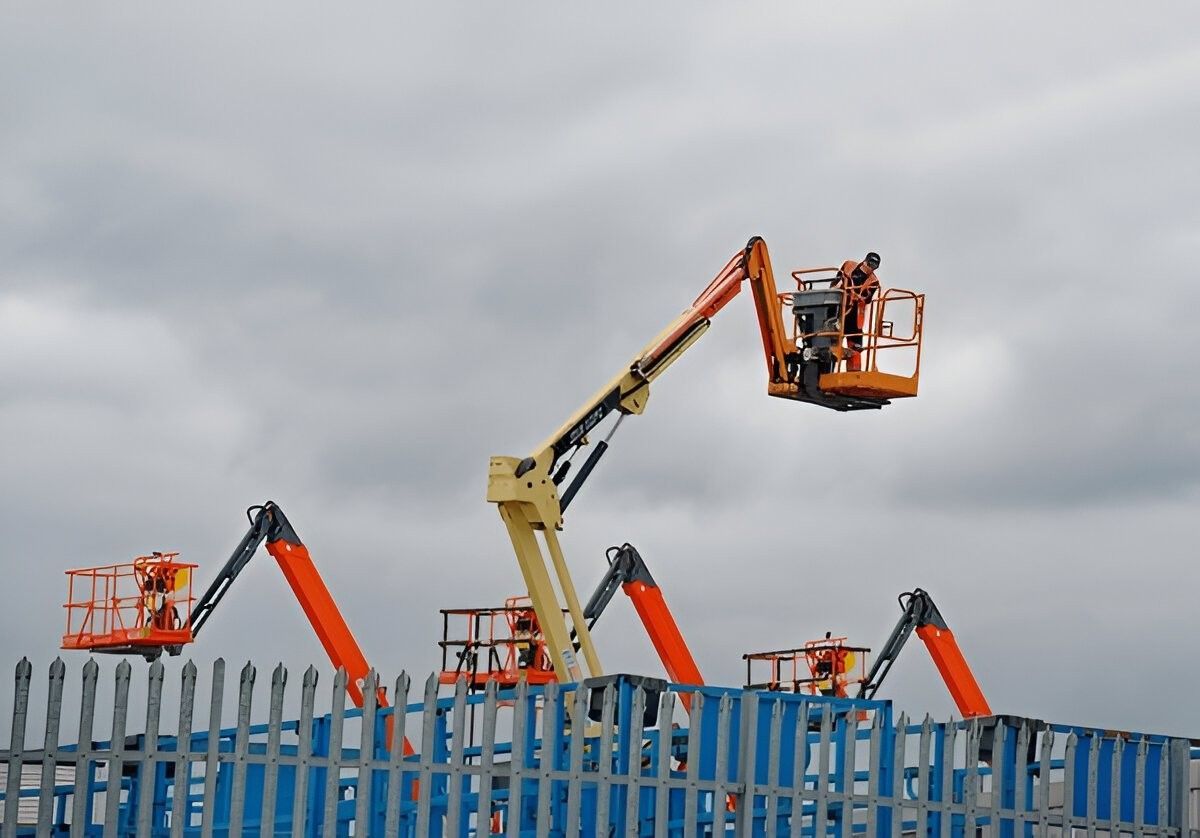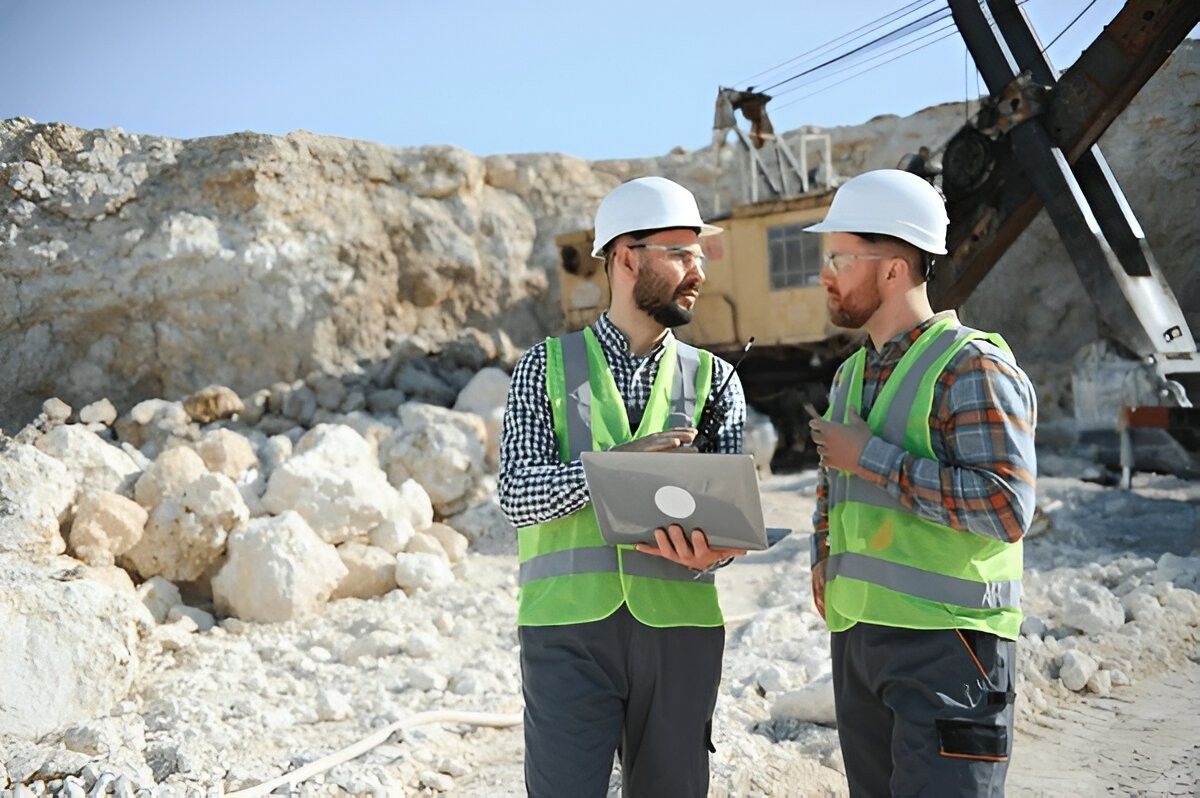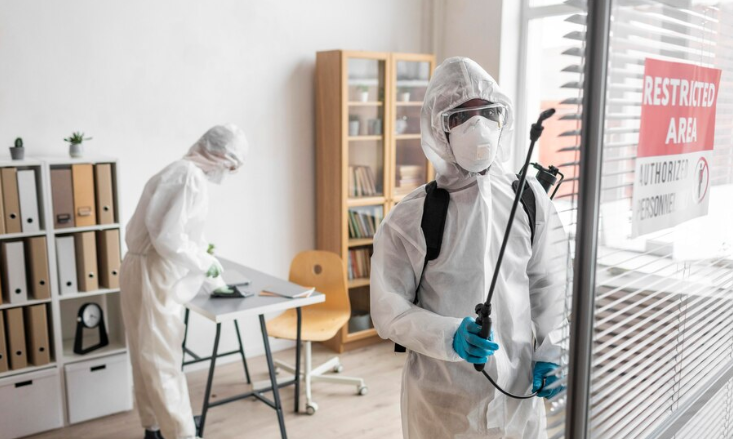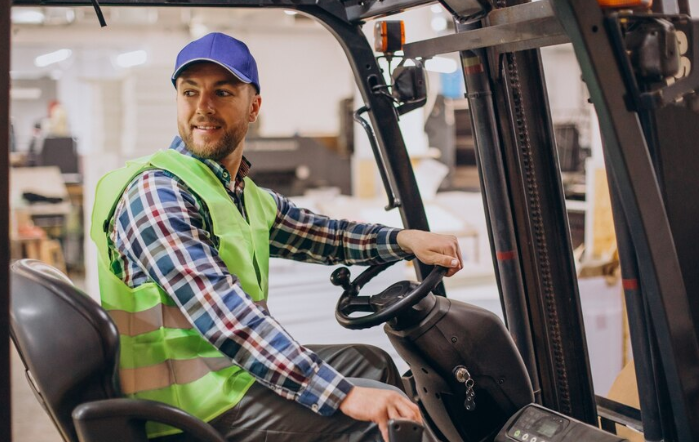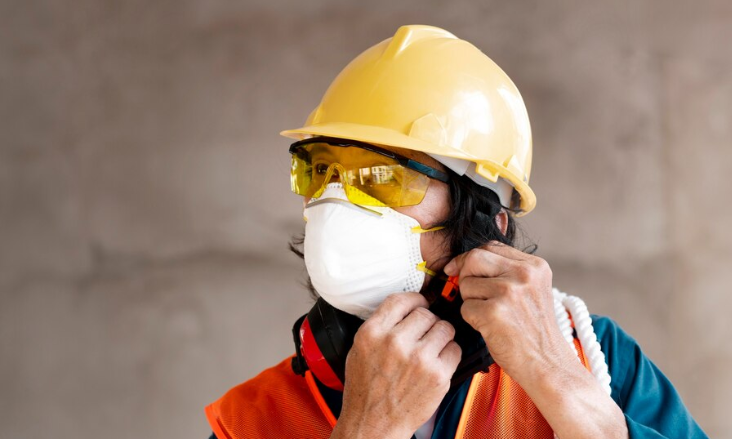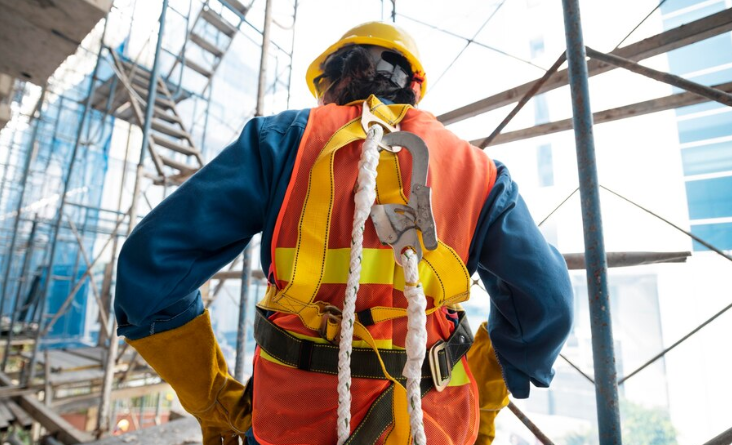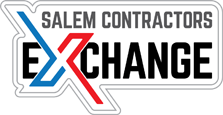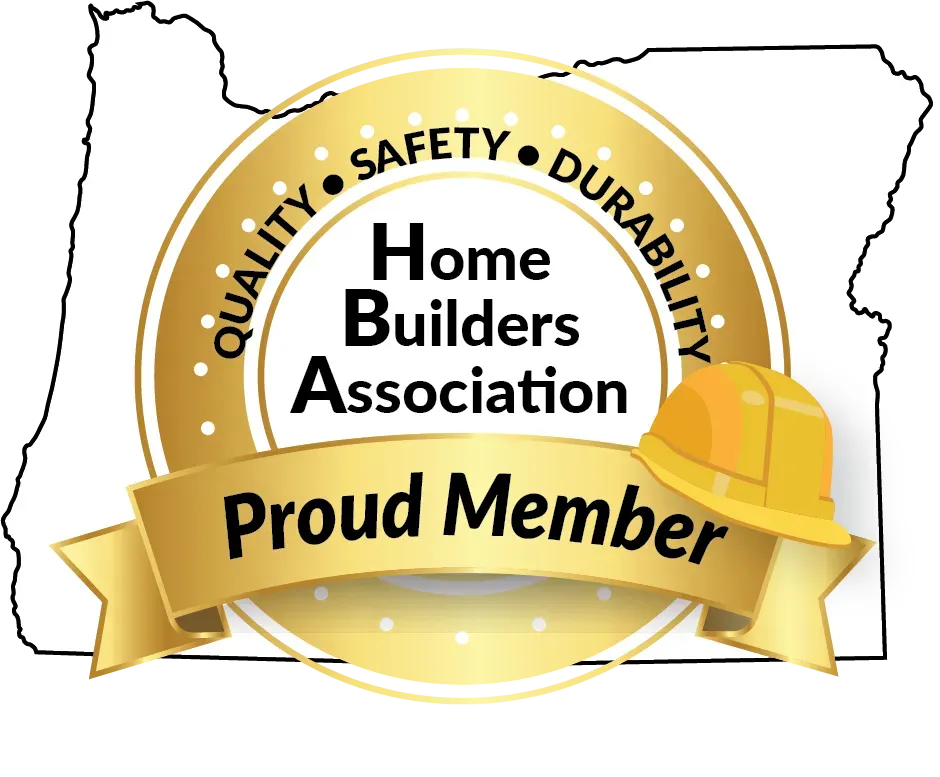Don’t Gamble with Safety! Get a Professional Fall Protection Harness Inspection
Falls are one of the leading causes of serious workplace injuries and fatalities, especially in construction and industrial environments. Your fall protection gear is your last line of defense, but if it’s not properly maintained and inspected, it could fail when you need it the most. That’s why a fall protection harness inspection by a trained professional is essential to ensure compliance, prevent accidents, and protect workers’ lives.
Why Fall Protection Harness Inspections Are Critical
Over time, harnesses experience wear and tear due to daily use, exposure to harsh conditions, and improper storage. Even a minor defect can significantly compromise safety. A professional inspection helps detect:
1. Frayed or damaged webbing: Cuts, tears, and excessive wear weaken the harness.
2. Faulty buckles and D-rings: Rust, cracks, or distortion can lead to failure.
3. Loose or improper adjustments: Incorrect fitting can reduce the harness’s effectiveness.
4. Contaminant damage: Chemicals, UV exposure, and dirt degrade materials over time.
Ignoring these signs puts workers at serious risk of falls, injuries, and even fatalities. A professional inspection ensures that every component is in optimal condition, meeting safety regulations and industry standards.
Who Should Perform Your Harness Inspections?
OSHA mandates that fall protection equipment be inspected before each use and undergo periodic evaluations by a Competent Person trained in fall protection safety. While workers perform daily checks, a certified inspector provides a detailed examination to identify hidden defects that might not be immediately visible.
A Competent Person is trained to recognize potential hazards and ensure that all fall protection equipment meets the required safety standards. Without a proper inspection, small defects may go unnoticed, leading to preventable accidents.
Understanding OSHA’s Fall Protection Inspection Guidelines
The Occupational Safety and Health Administration (OSHA) has strict regulations under 29 CFR 1926 Subpart M for fall protection equipment. These rules ensure that:
· Workers inspect their harnesses before every use.
· A Competent Person performs periodic documented inspections.
· Any defective harness is immediately removed from service.
Failing to comply with OSHA guidelines can lead to serious consequences, including workplace accidents, legal liabilities, and hefty fines. Regular inspections help avoid these risks while maintaining a safe work environment.
How Often Should You Get a Professional Inspection?
While daily self-checks are essential, professional inspections should be scheduled at least annually. However, in high-use environments or extreme working conditions, inspections should be conducted more frequently.
A professional inspector will follow manufacturer recommendations and OSHA regulations to assess the overall condition of your harness, checking for deterioration, improper modifications, and structural weaknesses. This ensures compliance and extends the lifespan of your safety equipment.
What Are the Risks of Neglecting Inspections?
Neglecting proper harness inspections can result in severe workplace accidents and long-term financial and legal consequences. Some of the key risks include:
1. Increased risk of falls and injuries: A damaged harness may not provide the necessary protection.
2. Legal and financial penalties: OSHA violations can lead to expensive fines.
3. Higher insurance costs: Workplace incidents raise liability and insurance expenses.
4. Loss of productivity: A preventable accident disrupts operations and leads to costly downtime.
Closing Note:
At KARM Safety Solutions, we don’t take chances with safety. Our certified fall protection experts conduct thorough inspections to ensure your equipment meets OSHA fall protection inspection requirements and industry standards. We understand the risks involved in high-risk work environments, which is why we provide detailed harness inspections to help your business stay compliant and keep workers safe. Don’t wait until it’s too late schedule a professional fall protection harness inspection today to protect your team and avoid unnecessary risks.
Contact KARM Safety Solutions now to book your inspection and prioritize worker safety!
